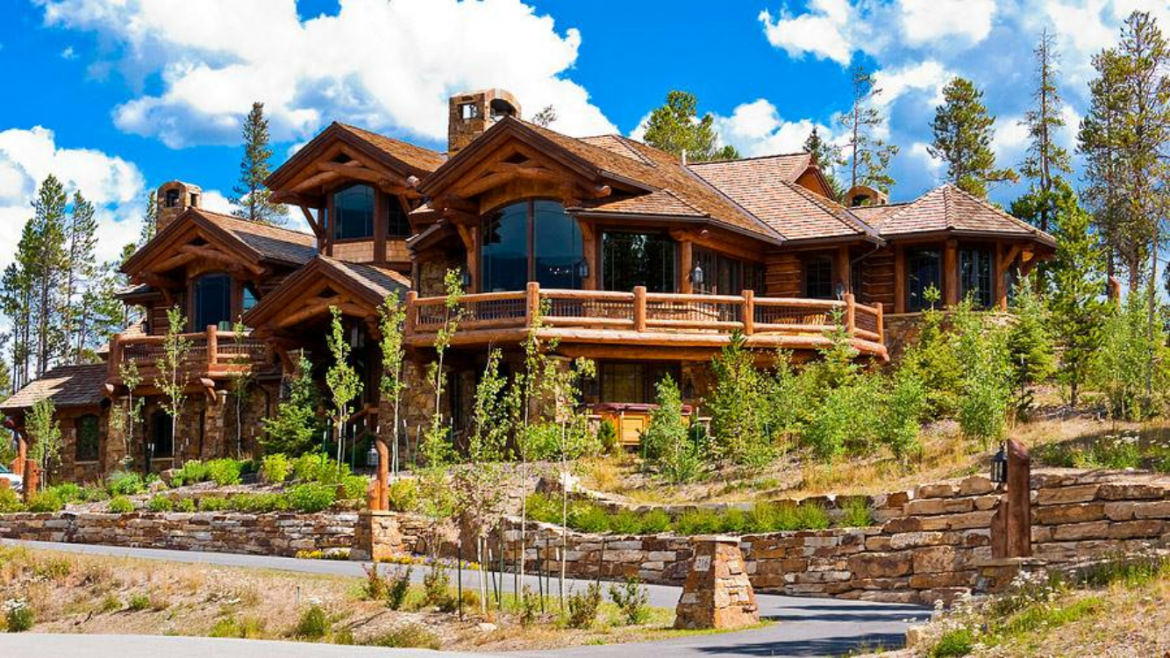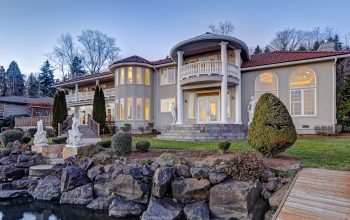Though the threat of wildfires is greater in the western part of the country, nearly every state has been devastated by wildfires at some time. In fact, over 70,000 wildfires occur annually and burn more than 5 million acres of land, according to the National Interagency Fire Center. On average, more than 900 homes are destroyed each year from wildfires.
Since no home is truly fireproof, it is necessary for you and your family to take precautions to protect your safety and your most prized possessions.
Landscape Smart
One of the best ways to protect your home against wildfires is to create a zone that will slow down the blaze and potentially direct it around your property. Take the following precautions within 30 feet of your home (50 feet if you live in a heavily wooded area or 100 feet if you reside on a hillside):
- Plant more native vegetation.
- Plant trees at least 10 feet apart.
- Remove dead or dying trees and shrubs from your yard.
- Keep vegetation trimmed and pruned.
- Lower branches should be at least six feet off the ground and shrubs planted under trees should only be 18 inches high.
- Keep your lawn groomed and dispose of clippings and debris promptly.
- Install and maintain an irrigation system.
- Clear your roof, gutters and eaves of excess debris.
- Trim branches so they do not extend over your roof or near a chimney.
- Move firewood at least 50 feet away from your home and clear the area 10 feet around them.
- Store flammable liquids safely and properly.
- Do not connect wooden fences directly to your home.
Build or Remodel Smart
In addition to your landscaping, the type of materials that your home is made of will also protect it against damage. Take these recommendations into consideration when building or remodeling:
- Use only non-combustible roofing materials.
- Box in eaves, fascias, soffits and subfloors with fire-resistant materials, such as treated wood.
- Apply a quarter-inch non-combustible screening to all vent or eave openings.
- Install spark arresters in chimneys.
- Enclose the undersides of decks with fire-resistant materials.
- Cover exterior walls with fire-resistant materials, such as stucco, stone or brick.
- Vinyl siding is not recommended, as it can melt easily.
- Use double-paned or tempered glass for all exterior windows.
Before a Wildfire Threatens
Become very familiar with your local area’s disaster planning and create a family plan of your own. In doing so, identify escape routes from your home and neighborhood.
Designate a meeting place for your family to reunite in the event that you get separated during the evacuation.
Put together an emergency kit consisting of a three-day supply of drinking water, non-perishable food, first aid supplies, portable weather radio, flashlight, batteries, work gloves, emergency cooking equipment, portable lanterns, clothing, blankets, prescription medications, credit cards, cash and important documents.
Because we understand what you are worth, we are here to help make sure that full financial recovery takes place whatever happens. Get a complimentary policy review or call us now at 855-888-8070.




